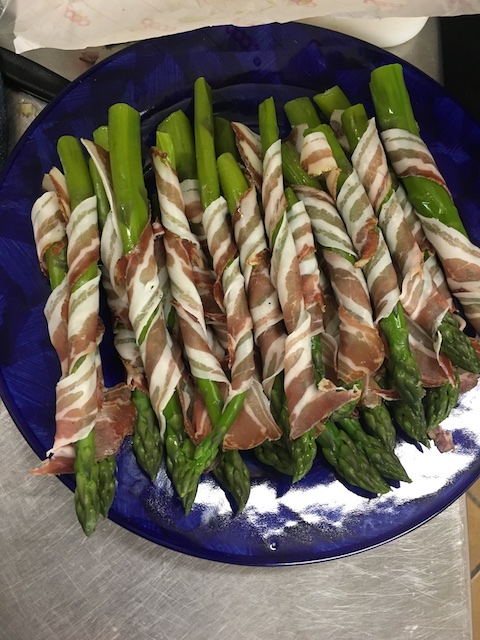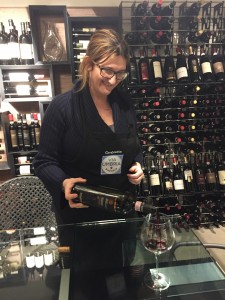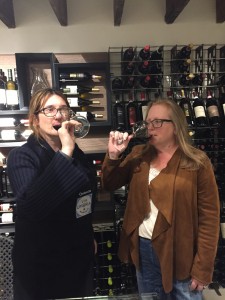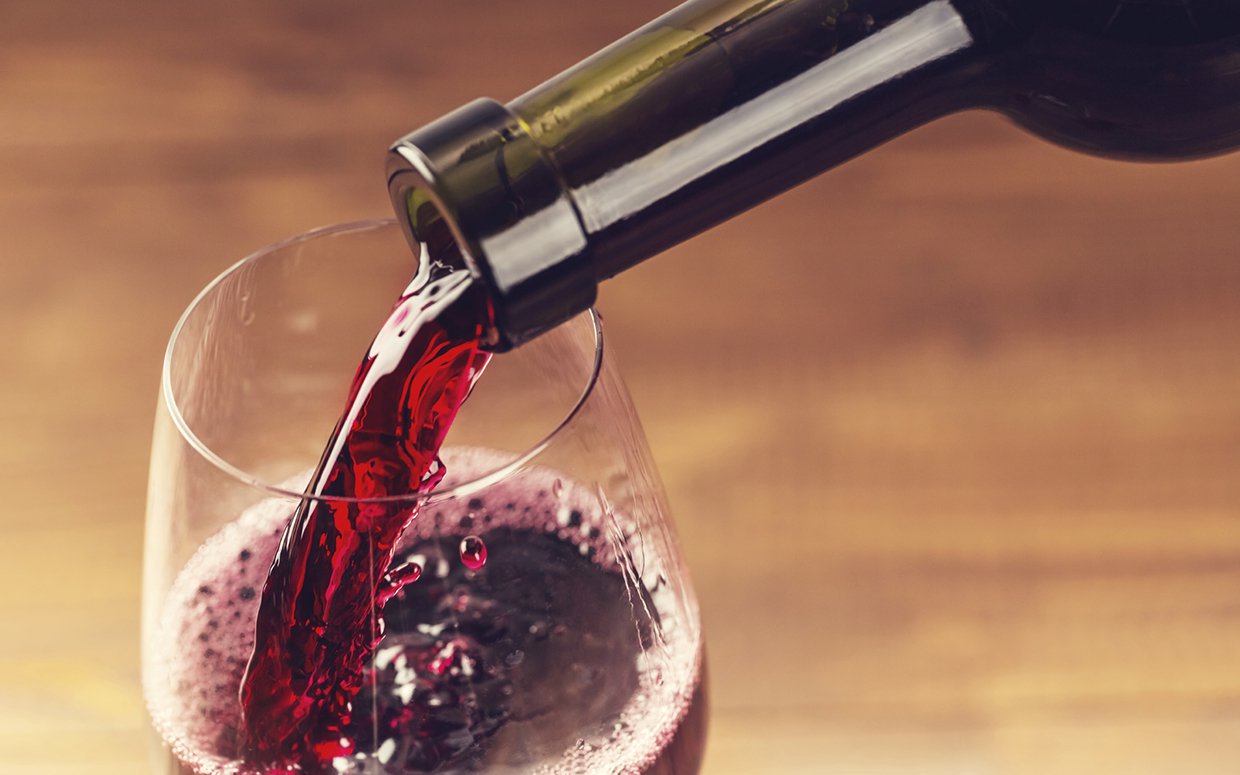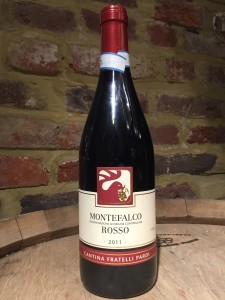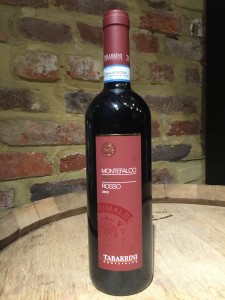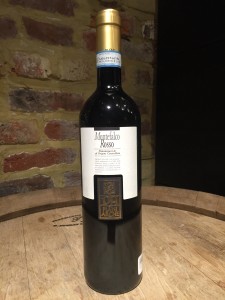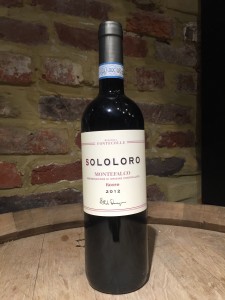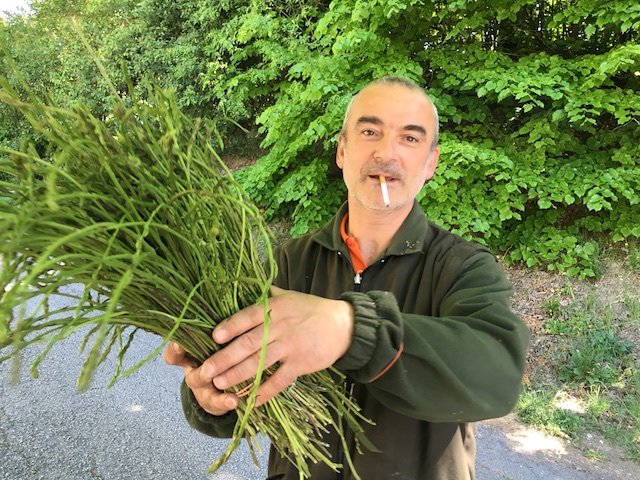 Italy has afforded us countless memorable experiences. Unique snapshots of time and place that simply don’t exist for us at home. A memorable meal under a moonlit sky with friends and family in tow. A stroll through the woods in pursuit of a truffle sniffing dog to locate and retrieve from its earthy hiding spot musty, aromatic truffles. Donning a protective suit and gloves to liberate a hive full of honey from our honeybees.
Italy has afforded us countless memorable experiences. Unique snapshots of time and place that simply don’t exist for us at home. A memorable meal under a moonlit sky with friends and family in tow. A stroll through the woods in pursuit of a truffle sniffing dog to locate and retrieve from its earthy hiding spot musty, aromatic truffles. Donning a protective suit and gloves to liberate a hive full of honey from our honeybees.
Italy is not so different from America. But it is different enough that each day brings the possibility of doing something, experiencing something that is truly unique. And so it was with my day of asparagus hunting in the woods of central Umbria.
I don’t believe asparagus hunting exists in America, unless you count pushing your shopping cart through the produce aisle in the supermarket and “discovering” bundles of green stalks, rubber banded together and standing upright, ready to be taken by the urban hunter. But for several weeks each spring the Italian landscape is dotted with Fiat Pandas parked on little country lanes, their owners combing every possible hillside for these delicacies that define the term “fresh.” We’ve buzzed by as families methodically scour roadside shoulders and we have been amazed to see groups of friends strolling through town centers with enormous armfuls of asparagus, showing off the bundles of their handiwork like it is just in a day’s work. And so I was not particularly surprised when the first words out of my mouth when I ran into Amadeo, husband of le Delizie del Borgo co-owner Ombretta Ubaldi, and someone known to me to be an avid asparagus hunter, “when are you going to take me out asparagus hunting?”
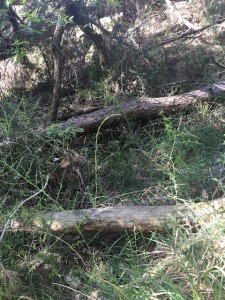 Without much of a thought, Amadeo replied, “domani. Partiamo da qui alle otto e un quarto.” The die was cast. We were to depart from the restaurant at 8:15 the next morning. The only word of advice he gave me was to wear boots. To protect against the deadly poisonous vipers.
Without much of a thought, Amadeo replied, “domani. Partiamo da qui alle otto e un quarto.” The die was cast. We were to depart from the restaurant at 8:15 the next morning. The only word of advice he gave me was to wear boots. To protect against the deadly poisonous vipers.
The next morning I was at the restaurant. At 8:10. And I had my boots, borrowed from Marco’s brother in law Alberto. It didn’t matter that they were a size too small and painful to wear. They were less painful than a viper bite would be.
Amadeo arrived on time and we had the obligatory morning espresso before taking off in his Panda to a secluded wood about 15 minutes from the center of Bevagna. Conversation was not exactly easy, as Amadeo speaks no English. I fumbled my way through Italian, asking questions about whatever popped into my head. It was a beautiful, sunny day with mild temperatures. It promised to be a great day whether we spoke or not.
And so it was. Amadeo lent me a snipper, a sort of pair of scissors on a long stick that allows you to cut the asparagus stalk without reaching into the thicket because, as we now know, vipers may lurk there. The snipper cuts the asparagus stalk and grabs it, allowing you to bring the stalk to you and to add it to your bundle.
The difficulty in asparagus hunting is not the snipping, the harvesting. It is the locating. The seeing. For four hours Amadeo and I trudged through thicket, along hillsides and stream beds. I climbed over fallen trees, untangled myself (and my anti-viper boots) from vines and took a nasty direct hit in the eye from a branch that left me in pain and partially blinded for a day. But even before losing half my sight I realized that finding asparagus is not simply a visual exercise, it is an exercise in context. In that overgrown thicket there are simply too many things that look like stalks of asparagus – other plants, branches, vines. You have to know where to look, the particular sides of hills, along the edges of vegetation. You have to feel where to look. Then you have to find the telltale asparaghia, the thicket of spindly, spiny ground cover that is part of the plant and from which the stalks grow. But even then it is next to impossible to see the individual stalks that reach skyward. On occasion after occasion Amadeo would call for me and point and bark out a number. “Tre,” he would say, indicating that there were three stalks in a particular location. I would look, seeing none. Hinting at the location with his snipper I would still see none until he was touching the first one. “Va bene” I would exclaim, snipping the prize and taking it for my bundle. This would be repeated two more times as my mentor pointed out each individual asparago.
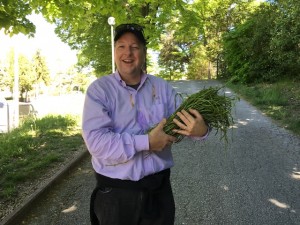 But after a couple of hours your asparagus sense begins to sharpen and even the most unskilled americano becomes attuned to the woods and to where these delicious stalks of green freshness are hiding. I would not say that I ended the hunt at even the advanced beginner level, but my two large bundles of wild asparagus – the first I have ever cultivated in my life – left me looking forward to next spring, when I intend to follow Amadeo once again into the woods and into one of those adventures that makes the Italian experience so unforgettable.
But after a couple of hours your asparagus sense begins to sharpen and even the most unskilled americano becomes attuned to the woods and to where these delicious stalks of green freshness are hiding. I would not say that I ended the hunt at even the advanced beginner level, but my two large bundles of wild asparagus – the first I have ever cultivated in my life – left me looking forward to next spring, when I intend to follow Amadeo once again into the woods and into one of those adventures that makes the Italian experience so unforgettable.
Ci vediamo!
Bill and Suzy
While we can’t offer you wild asparagus, Via Umbria is currently featuring fresh, local asparagus from Tuscarora Farms for sale. Pick up a bunch today, while they’re still in season and try roasting them wrapped in pancetta or prosciutto. Be sure to blanch the asparagus first and roast in an oven preheated to 425 degrees for four to six minutes (or until crispy). And enjoy! It’s one of the true treats of the season.
Buon apetito!


